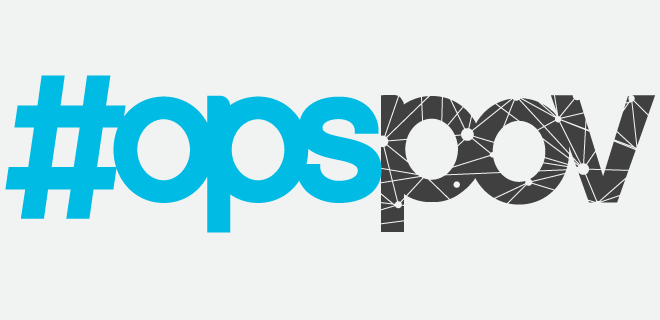
It’s been a good year for time-based transactions. This summer, The Guardian announced it had joined the time-based fray while Sled introduced a time-based transaction platform for mobile called Parsec, which uses a cost-per-second metric. Even AdMonsters has secured Financial Times’ Head of Campaign Management US to talk about the ops ins and outs of selling on time for our Publisher Forum in Miami this November.
Time-based transactions are so hot that there’s now a conference dedicated to the subject. (Truly, this is the measure of whether a trend in ad tech is the real deal, right?). I was floored when invited to moderate the closing panel at the Conference on Time and Attention on Wednesday. Subject – “The Business Case”: instead of a mere experiment or a trend, how do time and attention become viable transaction models?
Prepping for the panel I sent over a bunch of questions about time-based metrics. “What’s the preferred metric: cost-per-second, cost-per-minute, or cost-per-hour?” “Should time-based standards exists a la viewability, or should they be flexible from campaign to campaign?” “Should only certain types of creative be transacted on a time basis?”
But a few of my panelists surprised me by writing back that they were more interested in talking about attention rather than time.
Aren’t we talking about the same thing? Doesn’t time equal attention (or at least serve as a quality proxy)? I’d argue the way Financial Times and others do it, yes – the clock starts ticking as soon as an ad is viewable and stops when no engagement (e.g., cursor movements) is detected for five seconds. This isn’t time-in-view we’re talking about, but “engaged time.”
And I know it’s flawed, because time is really just a component of attention. A more “meaningful” signal for attention would be some kind of action or ad interaction. That is a true measure that a user paid attention to an ad.
Except cost-per-action and cost-per-engagement strategies have proven highly limited – they’re mostly the province of direct-response campaigns and don’t have the scale for branding.
Also, a lot of publishers don’t want to deal with CPE/CPA campaigns because a big factor tends to be out of their control. Sure, they can manipulate targeting to get an advertiser in front of the perfect user, but if the creative sucks, there ain’t gonna be engagement. The pub is pretty much taking on the whole burden – including ad serving and potentially data costs – as well as a high risk of low revenue.
You could argue that cost-per-completed-view in video is a good representative, but I’ve definitely let my attention slide elsewhere while a pre-roll or outstream ad played in full and didn’t even catch who was trying to sell me something. (Eventually we’ll have to contemplate if “outstream blindness” is a trend.)
Doesn’t time just make more sense? I mean, it’s how TV is bought, though linear lacks the ability measure engagement. (Think of all those televisions in airports and offices that receive only the slightest passing glimpses.) Digital has the capabilities to judge whether and how long an ad was viewable rather than hidden on another tab, and then we can use cursor movements and other actions as proxies for attention.
The question is whether time is a stepping-stone metric, and what that bigger, greater metric is. Until we can put sensors in people’s heads that relay thought and intent data straight into our reporting systems (I’m sure some evil corp is working on this right now), I’m not sure what that is, but I think the path there is through time.